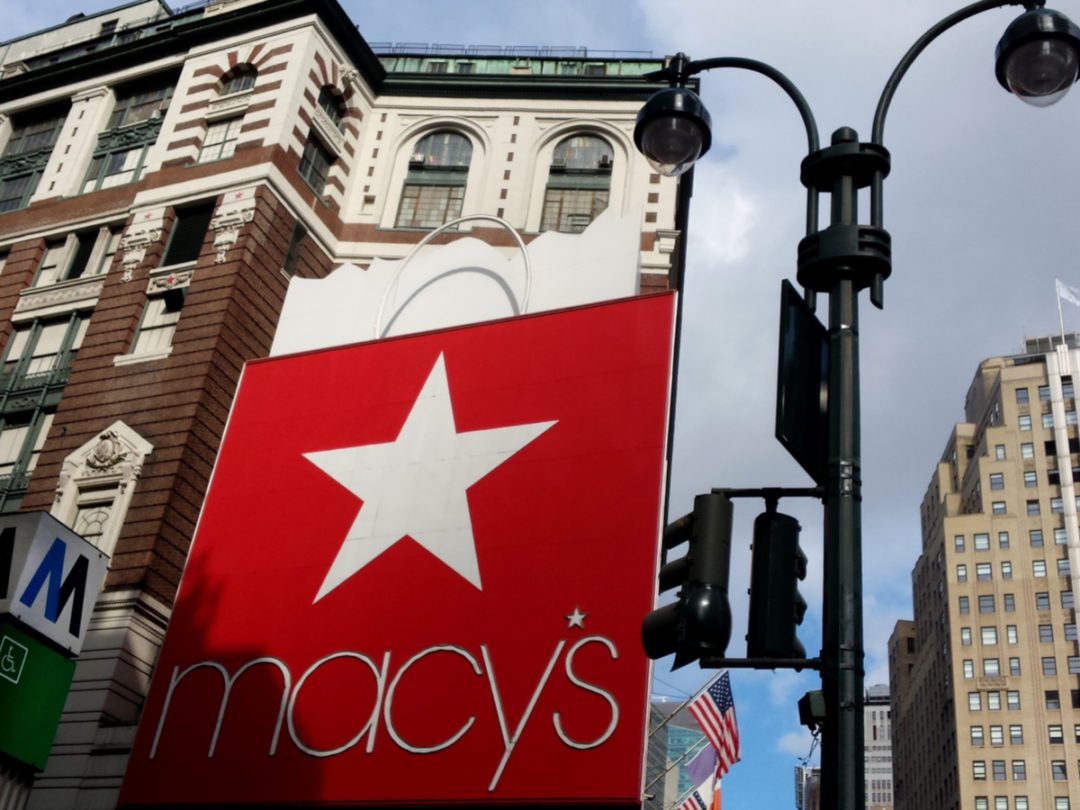
Visit Our Sponsors |
|
|
|
|
|
|
|
|
|
|
|
|
|
|
|
|
|
|
|
|
|
|
|
|
|
|
|
|
|
|
|
|
|
|
|
|
|
|

For many U.S. retailers, sales growth is back. But it’s coming at a cost.
Companies from Walmart Inc. to Macy’s Inc. have made heavy investments to keep pace with the likes of Amazon.com Inc. It showed in the retailers’ bottom line last quarter, sending shares slumping despite strong sales.
“It’s short-term pain for long-term gain for these retailers. That’s the mantra,” said Neil Saunders, managing director of GlobalData Retail. “There’s a lot of cost pressure on retailers at the moment,” he said, pointing to the need for more labor, store refurbishments and of course, the all-important shift to online.
Taking on Amazon — and its two-day delivery model — doesn’t come cheap. In order for old-school brick-and-mortar stores to go digital they have to build out logistics, determine warehousing, manage functions to cope with the online demand and figure out fulfillment plans.
Investors were willing to tolerate such expenses this year as long as they showed quick results amid robust consumer spending in an economic boom. Now shareholders of big retailers are beginning to wonder if the heavy investments will be sustainable when demand inevitably subsides.
‘Massive Battle’
“Online often isn’t as profitable as selling in the store. There is a massive battle to give free or discounted delivery to customers,” Saunders said. “So not only is the spending on fulfillment going up, but retailers are making a lot less money because of shipping and handling fees.”
Walmart, the world’s largest retailer, saw its third-quarter profit margin squeezed as it pumped money into building out its online unit, which is still in the red. The retailer’s 3.4 percent gain in comparable sales — a key performance metric — did beat Wall Street’s estimates. But it wasn’t enough for investors, who sent the shares lower after the results. With five consecutive declines, Walmart’s stock saw its worst week in almost nine months.
The stock decline echoed a similar reaction to Macy’s better-than-expected sales the day before. After an initial gain, the department-store chain sunk 5 percent over concerns over the gross margin.
Macy’s has been pushing promotions and in-store pop-up shops while also delving into virtual reality and investing in its e-commerce business. It now expects to hit $1bn in mobile sales this year.
There’s skepticism about Macy’s ability to return to strong earnings growth as it balances its investment with efforts to improve its balance sheet, RBC Capital Markets analyst Brian Tunick wrote in a Nov. 14 note.
“Investors do not seem excited enough,” said Tunick, who rates the stock sector perform.
Over at Nordstrom Inc., digital sales now make up 30 percent of the total. In the third quarter, delivery and logistic expenses contributed to compressed margins at the department-store chain.
Creative Initiatives
The retailer has been one of the more creative department chains, experimenting with initiatives including a men’s store that also allows in-store pickup at any hour, even if the store is closed. Same-store sales rose for the fourth straight quarter, although the 2.3 percent gain fell short of estimates.
Shoppers aren’t as interested in the company’s full-price chain, instead mostly flocking to the discount Nordstrom Rack chain, where sales rose a better-than-expected 5.8 percent. The stock sank 13 percent after the results, and RBC’s Tunick cut his price target by $2 to $60.
Nordstrom’s position relative to peers has historically been seen as enviable, according to Tunick, thanks to the variety of its store formats and ability to innovate. But recent quarters started to put into question its ability to ride industrywide challenges, he said.
That pessimism was reflected in the company’s share decline on Friday. The stock plunged as much as 16 percent, the most intraday in more than two years.
Holiday Season
Don’t expect the pressure to let up anytime soon. With holidays around the corner, stores have to ramp up staffing — and in the tight labor market, that talent comes at price. The new year may bring with it higher tariffs against China and added costs if supply chains need to be revamped. Not to mention, there’s rising gas prices and higher transportation costs. Even amid a robust economy and strong consumer confidence, these pressures can weigh heavily on a traditional retailer.
J.C. Penney Co. may be in the worst state of all. Sales have been dismal at the struggling department-store chain, which has ramped up discounts to get rid of unwanted inventory. While the recent appointment of a new chief executive after months of searching was seen as a positive, there are still some real challenges ahead for J.C. Penney, said Saunders of GlobalData Retail.
“It has to almost go through more pain to in order to come out the other side as a streamlined business,” he said. “Whereas a company like Macy’s has already taken some of these harsh decisions — it’s shut stores, it’s reduced inventories, so it’s taken these corrective hits — J.C. Penney hasn’t really started doing that yet."
RELATED CONTENT
RELATED VIDEOS
Timely, incisive articles delivered directly to your inbox.






